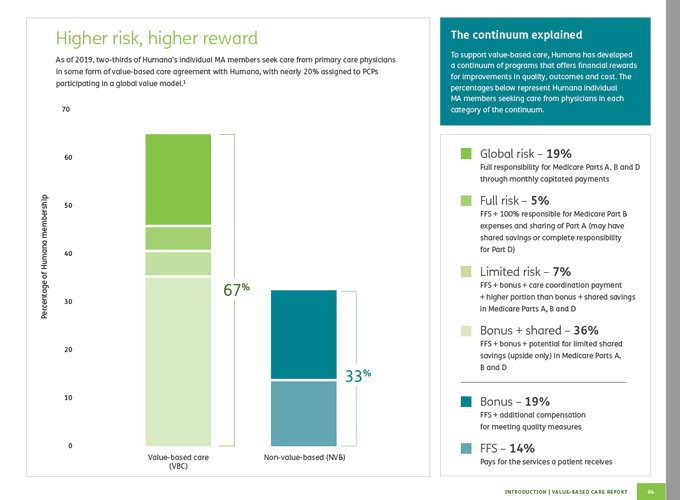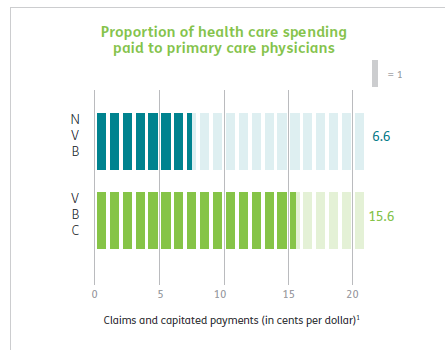
By MATTHEW HOLT
In recent days and weeks, there have been three stories that have really brought home to me the inanity of how we run our health care system. Spoiler alert, they have the commonality that they all are made problematic by payment per individual transaction—better known as fee-for-service.
First, several health insurers who sold their reputation to Wall Street as being wizards at understanding how doctors and patients behave had the curtain pulled back to reveal the man pulling the levers was missing a dashboard or dial or three. It happened to United, Humana and more, but I’ll focus on Agilon because of this lovely quote:
“During 2023, agilon health experienced an increase in medical expenses attributable to higher-than-expected specialist visits, Part B drugs, outpatient surgeries, and supplemental benefits, partially offset by lower hospital medical admissions. While a number of programs have been launched to improve visibility, balance risk-sharing and enhance predictability of results, management has assumed higher costs will continue into 2024,” the company said in a statement
Translation: we pay our providers after the fact on a per transaction basis and we have no real idea what the patients we cover are going to get. You may have thought that these sharp as tacks Medicare Advantage plans had pushed all the risk of increased utilization down to their provider groups, but as I’ve be saying for a long time, even the most advanced only have about 30% of their lives in capitation or full risk groups, and the rest of the time they are whistling it in. They don’t really know much about what is happening out in fee-for-service land. Yet it is what they have decided to deal with.
The second story is a particularly unpleasant tale of provider greed and bad behavior, which I was alerted to by the wonderful sleuthing of former New Jersey state assistant director of heath benefits Chris Deacon, who is one of the best follows there is on Linkedin.
The bad actor is quasi-state owned UCHealth, a big Colorado “non-profit” health system. They have managed to hide their 990s very well so it’s a little hard to decipher how much money they have or how many of their employees make millions a year, but it made an operating profit last year of $350m, it has $5 BILLION in its hedge fund, and its CEO (I think) made $8m. It hasn’t filed a 990 for years as far as I can tell. Which is probably illegal. The only one on Propublica is from a teeny subsidiary with $5m in revenue.
So what have they been doing? Some excellent reporting from John Ingold and Chris Vanderveen at the Colorado Sun revealed that UC has been getting collection agencies to sue patients who owe them trivial amounts of money, and hiding the fact that UC is the actor behind the suit. So they are transparent on how much very poor people allegedly owe them, and come after them very aggressively, but not too transparent on how their “charity care” works. The tales here are awful. Little old ladies being forced to sell their engagement rings, and uninsured immigrants being taken to the ER against their will and given a total runaround on costs until they end up in court. Plenty more stories like it in a Reddit group reacting to the article.
What’s the end story here? UC Health gets a measly $5m (or a share of it) a year from all these lawsuits which is less than the CEO makes (according to a Reddit group—with no 990 it’s a little hard to tell).
Yes, all these patients are being billed or misbilled for individual procedures and visits. It makes people terrified of going to the doctor or hospital, and no rational health services researcher thinks that charging people a fee to use health care encourages appropriate use of care. Last month Jeff Goldsmith had an excellent article on THCB explaining why not.
Of course it goes without saying that if these patients were covered by some kind of a capitation, subscription or annual payment none of this cruelty or waste motion would be happening.
The final example is still going on.
Continue reading…












